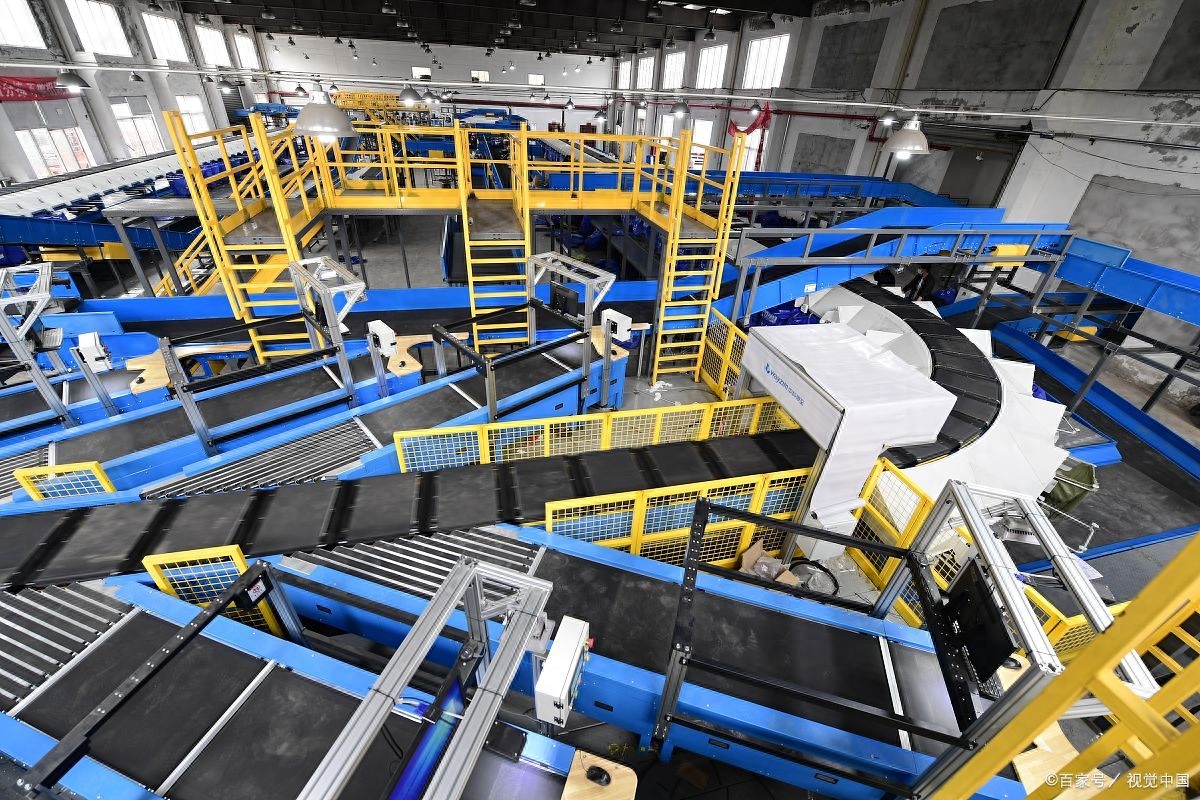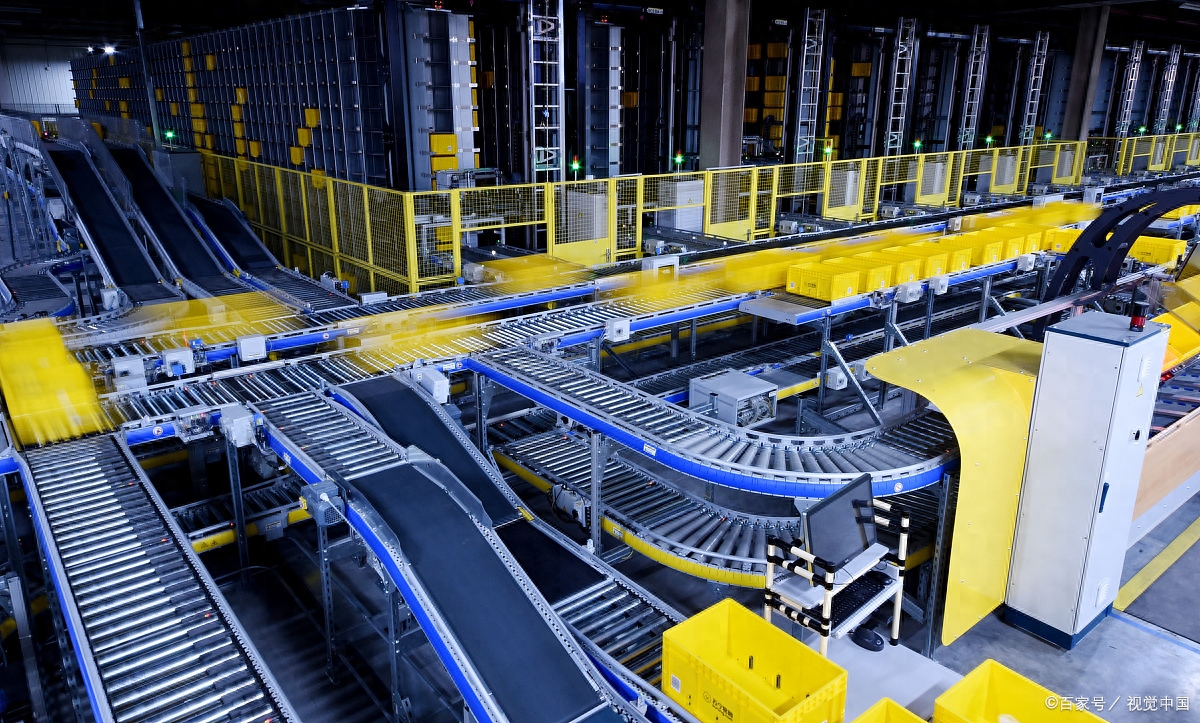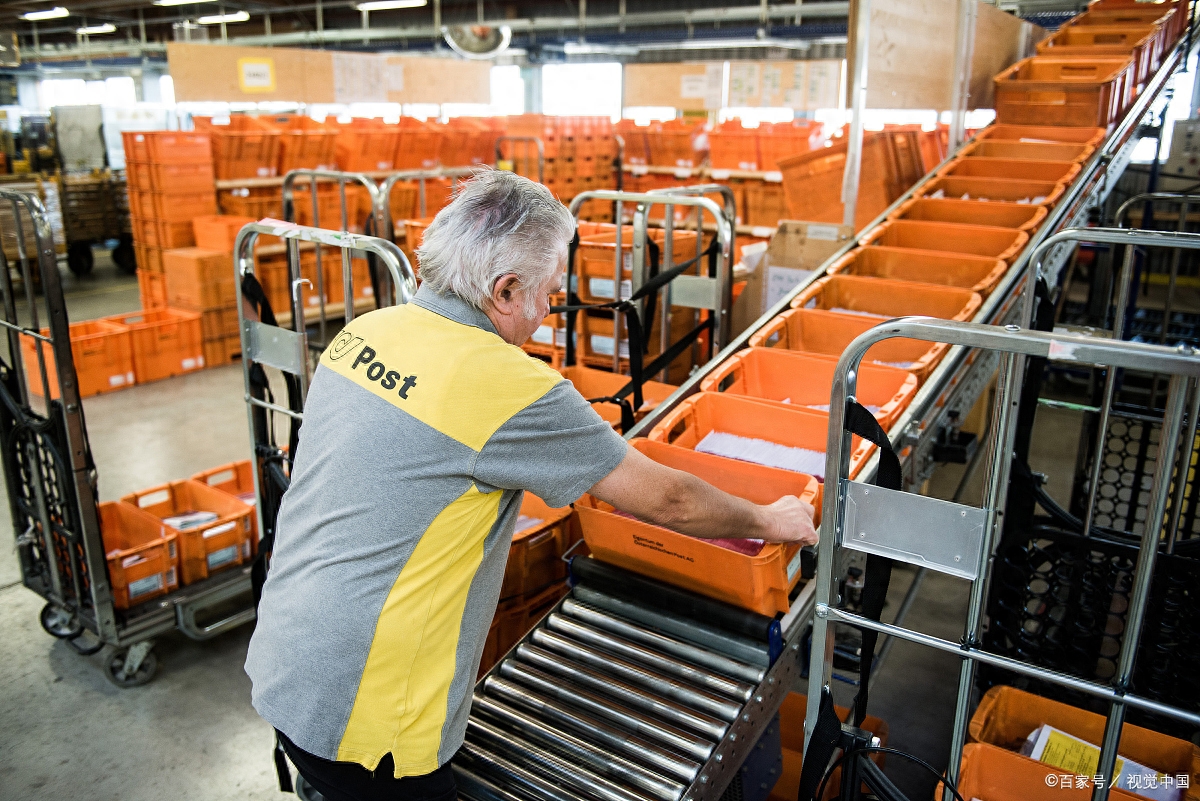

With the vigorous development of the e-commerce industry, logistics enterprises are facing increasing order volume and rapidly growing logistics demand. In order to address this challenge, more and more logistics companies are introducing automatic sorting technology to improve work efficiency, reduce costs, and provide faster and more efficient services. So, what has automatic sorting technology brought to logistics enterprises?

Firstly, automatic sorting technology has greatly improved the work efficiency of logistics enterprises. Traditional manual sorting operations are not only time-consuming and labor-intensive, but also prone to errors. And automatic sorting technology achieves high-speed and accurate sorting operations through robot, sensor, and computer control. Automatic sorting equipment can sort goods to the correct location at extremely fast speed, reducing manual operation time and error rate. For example, an automatic sorting machine can sort hundreds of packages in just a few seconds, while manual operations may take several times or even tens of times longer. The introduction of automatic sorting technology by logistics enterprises has greatly improved work efficiency and accelerated logistics speed.

Secondly, automatic sorting reduces the labor costs of logistics enterprises. Traditional manual sorting requires a large amount of personnel investment, which not only increases salary expenses, but also carries the risk of human error. And automatic sorting technology can achieve automated sorting processes, reducing reliance on manpower. Although the initial investment in introducing automatic sorting equipment is relatively high, in the long run, it can bring considerable savings. Logistics companies can reduce the cost of hiring a large number of sorting workers and use these human resources for other more valuable tasks, such as customer service and operational management.

In addition, automatic sorting technology has improved the accuracy and precision of logistics enterprises. Manual operations often lead to errors due to fatigue, distraction, and other reasons, while automatic sorting equipment can ensure higher accuracy and precision. Through high-precision sensors and computer control, automatic sorting equipment can accurately sort goods to the correct location, avoiding errors caused by human factors. This not only improves the accuracy of sorting, but also reduces the risk of order errors and complaints, improving the service quality of logistics enterprises.

However, introducing automatic sorting technology also faces some challenges. Firstly, the initial investment in automatic sorting equipment is relatively high, which may be difficult for some small and medium-sized logistics enterprises to bear. Secondly, automatic sorting equipment requires regular maintenance and upkeep, requiring enterprises to have corresponding technical capabilities and resources. In addition, the introduction of automatic sorting equipment also requires employee training and adaptation period, which also requires a certain amount of time and resource investment.
 Replace
Replace